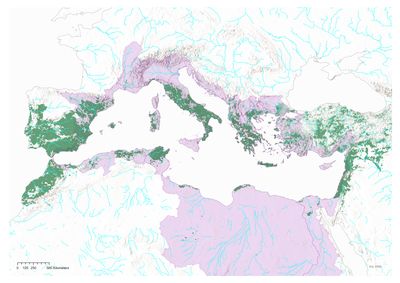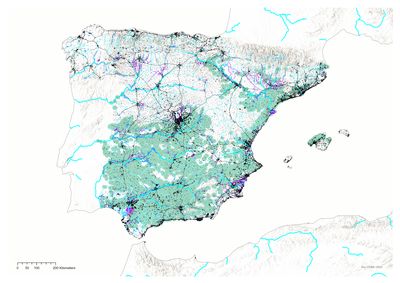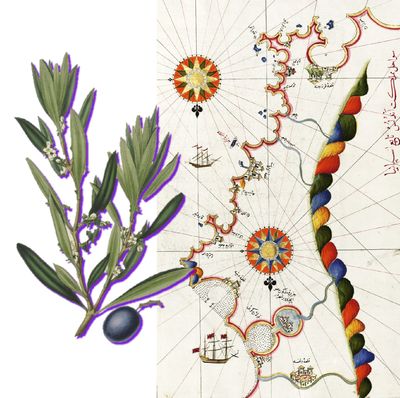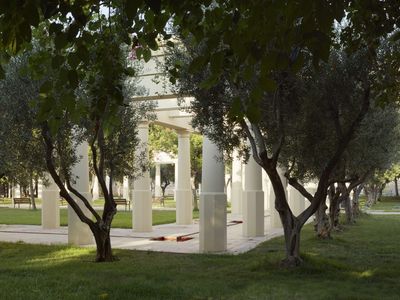Olive Practices
Learning from Cultivated and Designed Landscapes by Olive Trees, Farmers, and Landscape Architects in the Valencian Territory
Juan Villalón Hernando
This dissertation investigates how olive landscapes—one of the Mediterranean’s longest-lived agroecological systems—are being reshaped under conditions of climate extremes, agrarian transition, and metropolitan pressure. Using three territorial cases in the Valencian region—Chera (rural mountain), Llíria (peri-urban mosaic) and Valencia (metropolitan)—the research compares cultivated olive landscapes shaped by productive, intergenerational practices with designed olive landscapes shaped by institutional, heritage, and ecological logics. Through six paired study plots, the project develops a cross-scalar methodology combining tree-morphology analysis, terrace and landscape integrity surveys, cadastral land-use trajectories, and stakeholder interviews. The aim is to reveal how different management regimes produce distinct socioecological landscapes and to understand olives as territorial infrastructure linking ecology, culture, and urbanisation. Ultimately, the research seeks to generate design strategies that protect long-term landscape continuity while responding to contemporary socioecological crises, particularly climate extremes and urban expansion.
The research project hypothesizes that nowadays, olive tree cultivation is producing radically different landscapes that can be both a tool to deploy extended urbanization processes through agricultural intensification, which exacerbates environmental crises but can also inform alternative territorial development rooted in ancient, local, and agroecological practices, which build on olive tree’s inherent resilience to arid climates. The research project aims to study and register the diverse agricultural, gardening, and design practices and technologies that have produced these particular landscapes, to trace and understand the co-constitutive humans-olive tree relationships and the influences from divergent agrarian and landscape concepts and traditions, and to map and uncover their divergent socioecological consequences on the territory.
Deploying a comparative qualitative study between different designed and cultivated olive landscapes across the watersheds of the Jucar and Turia rivers, the research aims to bring together the scales of the olive tree and the territory and go beyond the urban/rural divide existing in current literature, linking agriculture, gardening, and landscape architecture practices happening in both parks and fields. This can allow gaining a deeper understanding of the interconnectedness of olive cultivation practices and their diverse origins and socioecological consequences on territorial transformation and provide a comprehensive set of alternative concepts, insights, and strategies to inform policymakers, urban planners, farmers, and landscape designers as they plan, cultivate and design similar Mediterranean territories.







